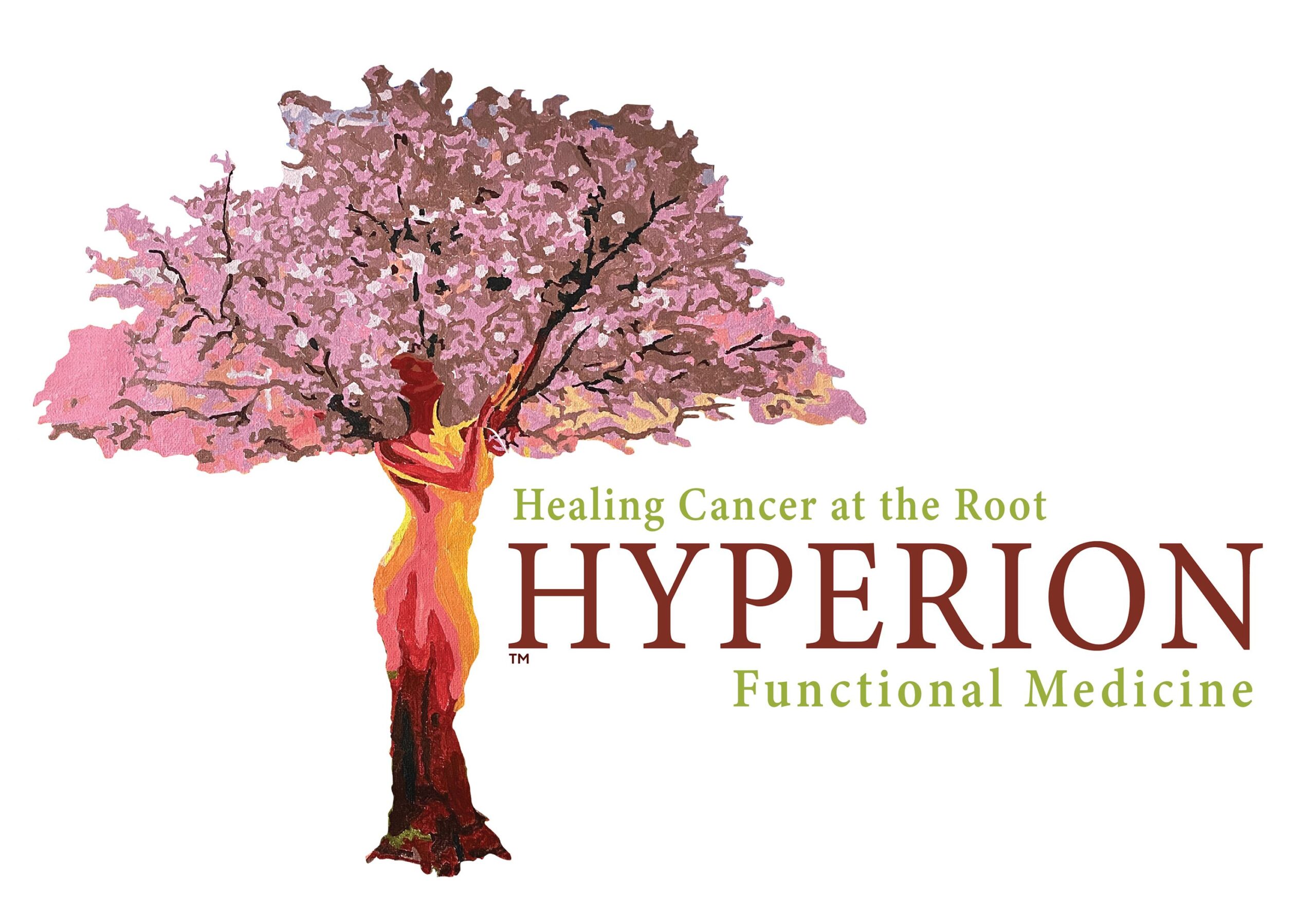Cancer Hallmarks Defined
Each of the 14 Cancer Hallmarks is a part of a defined set of underlying principles that use cancer phenotypes and genotypes to help us further understand complexities of cancer. Each cancer type has its own set of key traits within its hallmarks that can be treatment targets.
- Genome Instability and Mutation: DNA mutations and other genetic changes occur during cell division. Defects in processes that control the way cells divide result in genomic instability.
- Activating Invasion and Metastasis: Invasion of nearby tissue and seeding at distant sites to form metastases remains a central feature of cancer malignancy.
- Inducing Angiogenesis: Describes the formation of new blood and lymphatic vessels which allows tumor cells to acquire nutrients and oxygen and continue to grow.
- Avoiding Immune Destruction: Cancer cells adapt mechanisms to evade detection and destruction by your immune system. Normally, the body’s immune system searches for abnormal and damaged cells and destroys them before they can develop into cancers and tumors.
- Tumor Promoting Inflammation: Inflammation that occurs because tumor cells cause the destruction of healthy cells resulting proinflammatory signals. This state will continue if tumor cells continue to grow.
- Enabling Replicative Immortality: Tumor cells can achieve unlimited replicative potential by synthesizing high telomerase enzymes. This prevents telomere shortening, which would lead to cell death or apoptosis.
- Resisting Cell Death: Cancer cells prevent apoptosis, or natural cell death, through intrinsic mechanisms rather than a lack of response to external stimuli. Cancer cells may contain mutations that prevent damage detection or apoptotic signaling within the cell.
- Evading Growth Suppressors: To overcome growth inhibition from normal homeostatic signals, cancer cells lack response to external growth-inhibitory signals. Cancer cells resist apoptotic control that allows tight control over cell death and proliferative cell growth.
- Deregulating Cellular Metabolism: Due to their excessive growth, cancer cells require high levels of energy and nutrients with the ability to as tumors can be poorly vascularized. Cellular metabolic pathways are altered in cancer. The Warburg effect describes the altered glycolytic metabolism in cancer cells.
- Sustaining Proliferative Signaling: Normal cells depend on tightly regulated cell cycle control to proliferate and maintain tissue homeostasis. This cycle is disrupted in cancer. Cancer cells release and respond to growth factors to stimulate growth.
- Unlocking Phenotypic Plasticity: Cancer cells unlock phenotypic plasticity – a capability restricted in normal cells – to enable different versions of disrupted differentiation, which can, in turn, facilitate cancer initiation and progression.
- Nonmutational Epigenetic Reprogramming: Hanahan introduces the term “nonmutational epigenetic reprogramming” – an independent mechanism of genome reprogramming based on epigenetically regulated changes in gene expression3. This well-established epigenetic mechanism mediates embryonic development, tissue differentiation, and homeostasis.
- Polymorphic Microbiomes: Polymorphic variability in microbiomes – collections of microorganisms residing within our bodies – can significantly influence cancer phenotypes, development, and progression. The most significant line of evidence involves the study showing the existence of cancer-protective and cancer-promoting microbiomes, which can modulate the incidence and pathogenesis of colon cancer. In addition, the gut microbiome composition influences the immune system, affecting anti-tumor immunity and response to immunotherapy in patients with melanoma.
- Senescent Cells: Cellular senescence is an irreversible mechanism of cell cycle arrest likely developed as a safeguard to maintain tissue homeostasis. This mechanism shuts down the cell division cycle. Senescence can be triggered by various external and internal stimuli, including nutrient deprivation, DNA damage, damage to organelles and cellular infrastructure, and imbalance in cellular signaling.
Supporting Research:
Hanahan, D. & Weinberg, R. A. The Hallmarks of Cancer. Cell 100, 57–70 (2000).
Hanahan, D. Hallmarks of cancer: new dimensions. Cancer Discov 12, 31–46 (2022).
